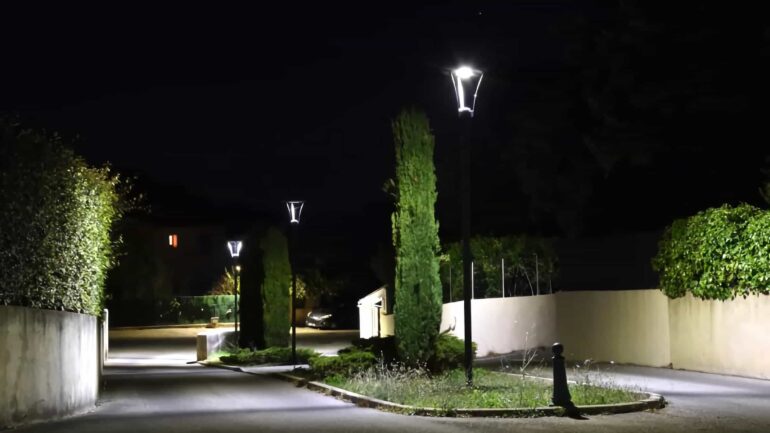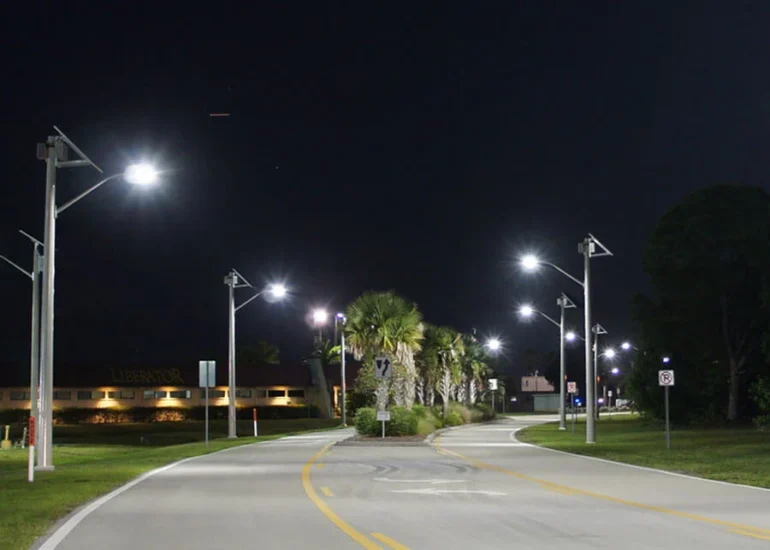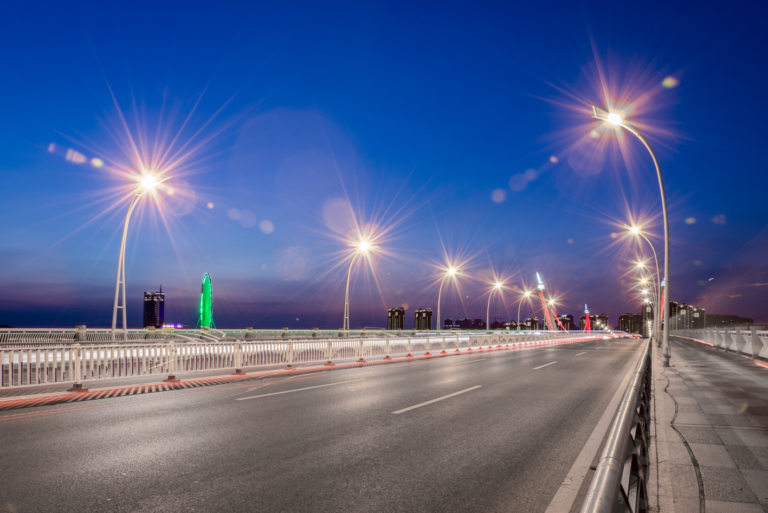In the era of rapid urbanization and increasing environmental awareness, cities around the world are seeking sustainable solutions to meet their energy needs. One such solution that has gained significant attention is the harnessing of solar power through the use of solar street lights. These innovative lighting systems are transforming urban landscapes and revolutionizing the way we illuminate our streets.
Solar street lights are a beacon of light in the quest for sustainable development. Unlike traditional street lights that rely on electricity from the grid, solar ones are powered by the sun’s energy. They are equipped with photovoltaic panels that absorb sunlight during the day and convert it into electricity. This stored energy is then utilized to illuminate the streets during the night, providing a cost-effective and environmentally friendly alternative to conventional lighting systems.

One of the most significant advantages of solar street lights is their ability to operate completely off-grid. This means that they are not reliant on an external power source, reducing dependence on fossil fuels and minimizing carbon emissions. By harnessing the power of the sun, cities can significantly reduce their carbon footprint and take a crucial step towards combating climate change.
Furthermore, they are highly versatile and can be easily installed in various locations without the need for extensive infrastructure. Traditional street lights require underground cables, transformers, and complex wiring systems. In contrast, solar ones can be installed quickly and effortlessly, making them an ideal solution for remote areas or regions with limited access to electricity.
Another compelling aspect of solar street lights is their durability and low maintenance requirements. They are built to withstand harsh weather conditions, including extreme temperatures, heavy rainfall, and strong winds. With no reliance on external power sources or complex wiring, the risk of power outages and maintenance issues is significantly reduced. This not only ensures reliable lighting for the streets but also reduces the overall maintenance costs for cities.
Moreover, they contribute to enhanced safety and security in urban environments. Well-lit streets deter crime and promote a sense of security among residents and pedestrians. By illuminating public spaces, they create a more inviting atmosphere, encouraging people to utilize and enjoy these areas even after sunset. This not only fosters community engagement but also helps in the development of vibrant and livable cities.

The adoption of solar street lights is not only beneficial for the environment and communities but also for the economy. By reducing electricity consumption and dependence on the grid, cities can save a substantial amount of money in the long run. The initial investment in installing them may be higher compared to traditional systems, but the operational and maintenance costs are significantly lower. Over time, the savings on electricity bills and maintenance expenses can offset the initial investment, leading to cost savings for the city.
Additionally, their use aligns with the global push for renewable energy and sustainable development. It showcases a city’s commitment to reducing its carbon footprint and embracing clean energy solutions. This not only enhances the city’s reputation but also attracts investment, businesses, and tourists who prioritize sustainable practices. Solar street lights can be seen as a symbol of a forward-thinking city that embraces innovation and cares about its residents and the environment.
In conclusion, as cities strive to create greener and more livable environments, solar street lights serve as beacons of hope, illuminating a path towards a brighter and sustainable future. Let us embrace this solar revolution and pave the way for a more energy-efficient world.

